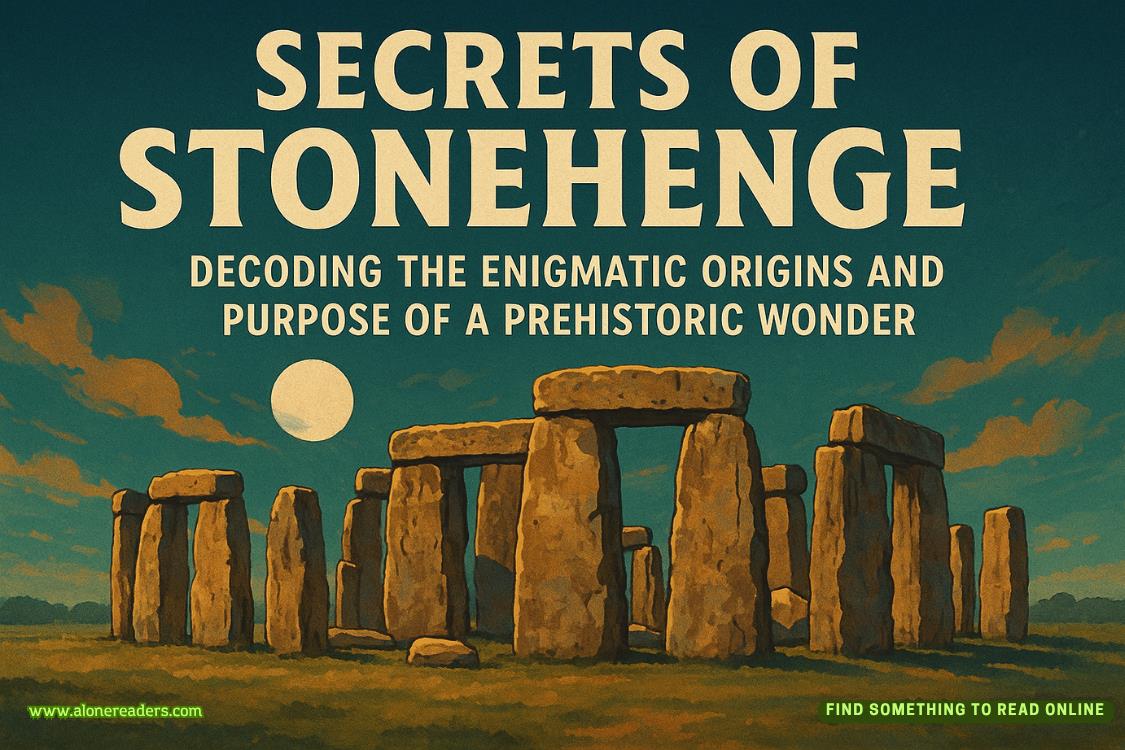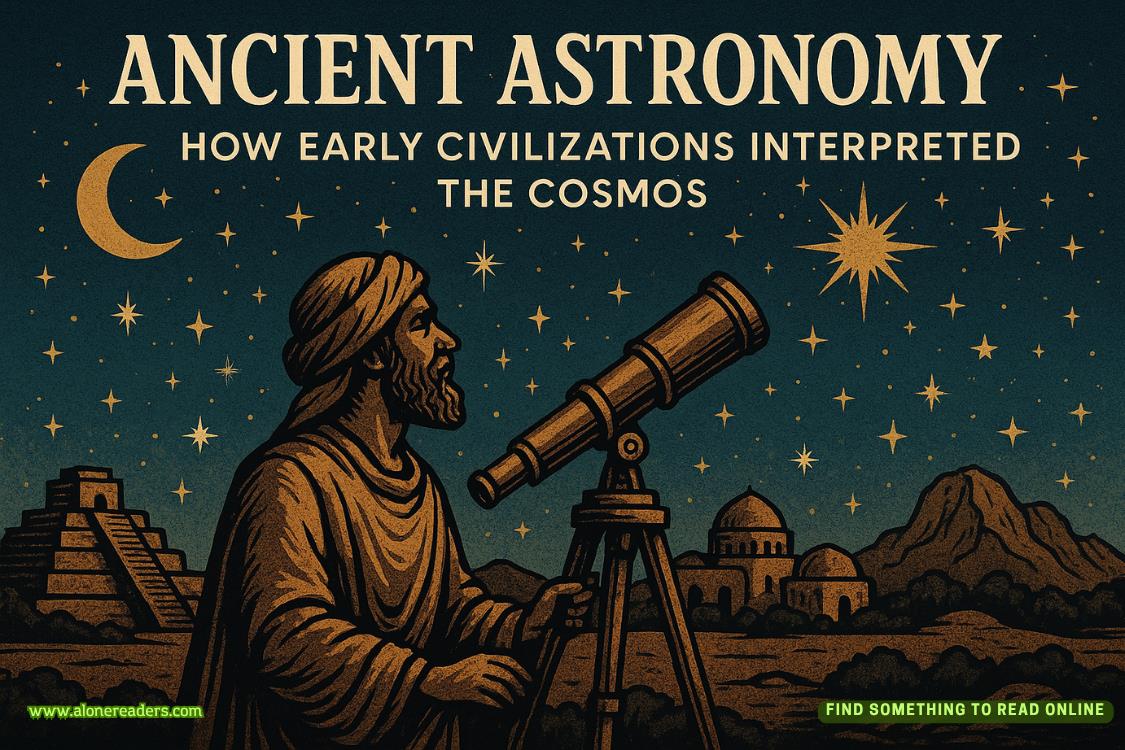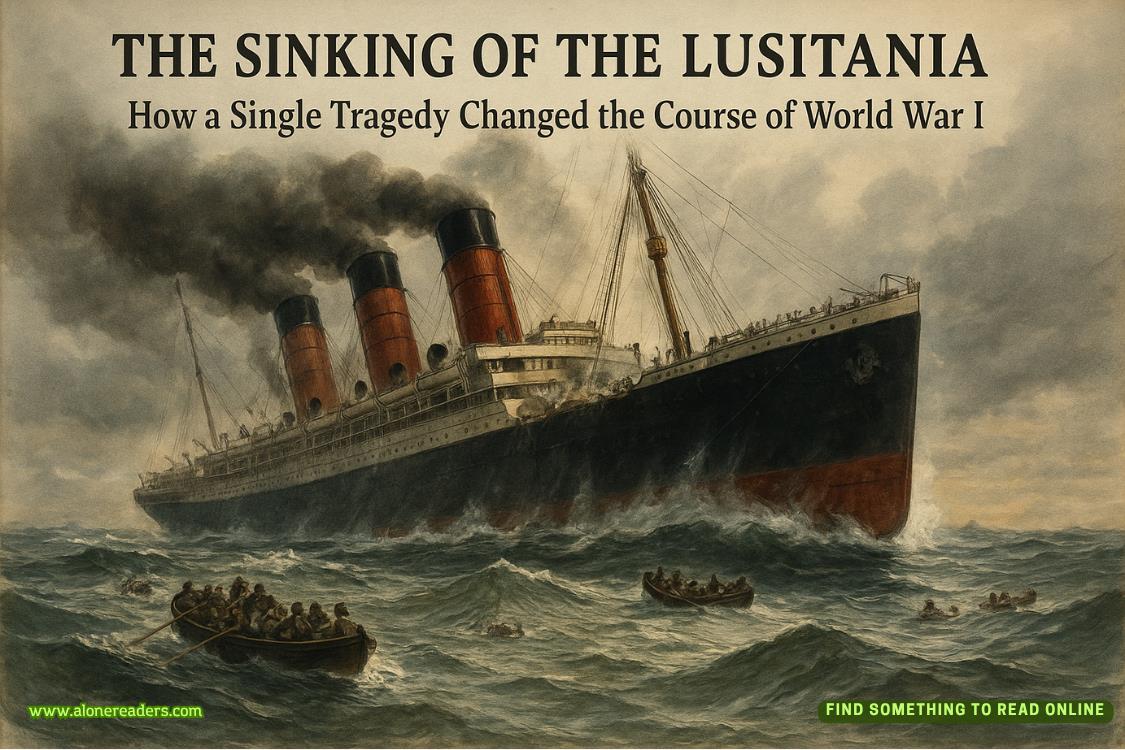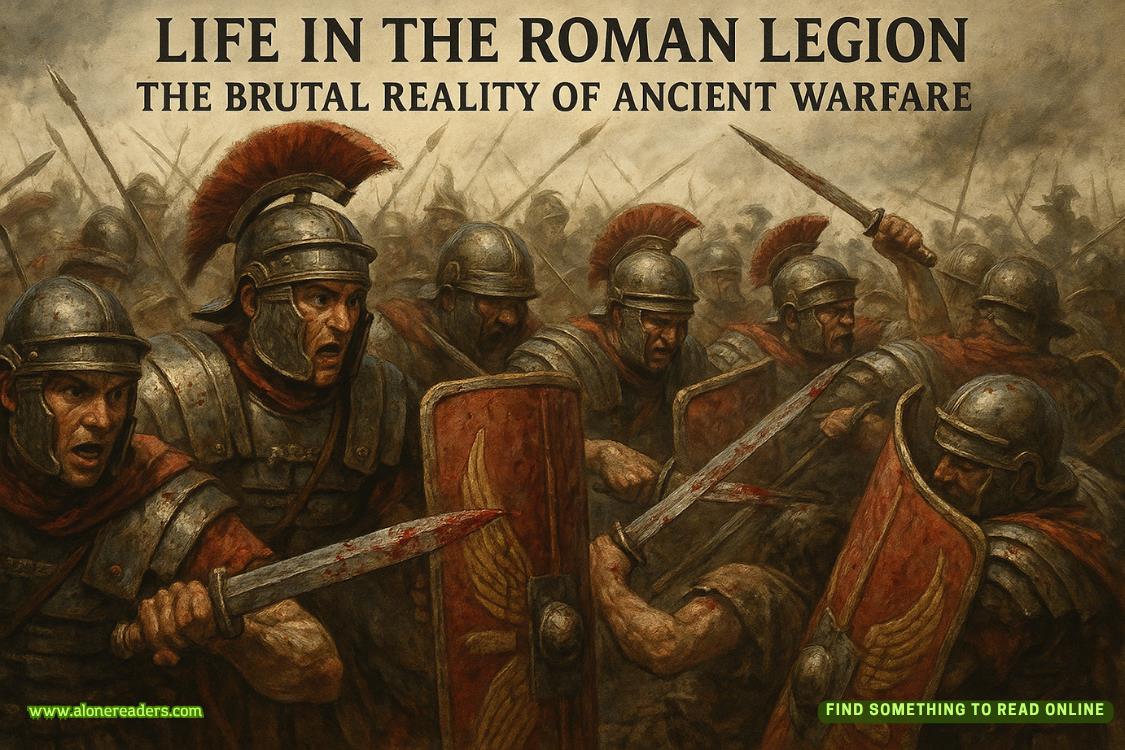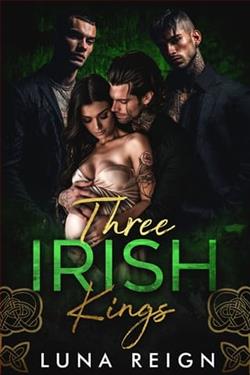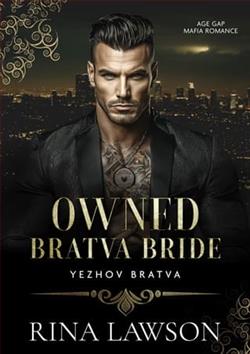Page 356 of DATE
The emergence of the Impressionist movement injected soul into both color and air.
The hazy fog, the morning’s first light—the expression of painting became like poetry.
When she said this, she couldn’t help but let out a small sigh.
“If I could… I’d really love to take you to the National Gallery in London to see Monet’s originals.”
The man seemed to sense her regret, and lowered his head to kiss her forehead.
“Perhaps we could create the same effects ourselves.”
Hedy blinked, suddenly realizing that watercolors existed in this era as well—it just hadn’t yet been tied to landscape painting.
Leonardo—he was fully capable of mastering these major artistic movements.
He could almost do anything.
CHAPTER 27
The artworks of this era only have two themes: gods and humans.
The paintings related to the divine are already clichés—just the depictions of The Adoration of the Magi in Florence alone could form a long queue. Many stories from the Bible have been deconstructed and reshaped in various ways, mostly praising the true, good, and beautiful aspects of the Holy Mother and God.
It is precisely because of this that Leonardo chose to paint The Last Supper—this artwork depicts the final night that Jesus spent with his twelve disciples, and both the plot and composition are quite innovative.
The other theme, however, is humans.
Artworks of this era are symbols of identity and recognition. Brides and grooms would often commission a painting before their marriage, and wealthy families would often have self-portraits made— the affluent Medici family even hired a stack of painters to depict themselves alongside the gods, as though they were servants of God.
When Botticelli painted a group portrait, he included himself, his gaze holding just the right touch of superiority.
Leonardo and Hedy's wedding portrait was also painted by Botticelli.
Their wedding came as quite a surprise, but after much pushing and pulling, it was delayed into the following year.
The painter transformed into a general, and the lord ascended to become a queen.
The cynical Botticelli couldn't be bothered to engage in any battles, and spent six months painting a gift for these two friends, which now hangs in the queen's study.
"And the Impressionist movement... its subject matter is nature."
"Nature?" Leonardo recalled the oil painting she had made and realized something. "Does it focus only on landscapes?"
"There are people, but they aren't sitting up straight," Hedy gestured for her servant to fetch some wooden boards and paint, leisurely sitting by the side as she spoke. "Drinking tea, bathing, picnicking—painting them in casual moments of their life."
"Why is it called the Impressionist movement?" Leonardo poured her a glass of wine. "Because it captures the impression of a moment?"
"It's a very ironic story," Hedy laughed.
The founder of this movement is Claude Monet.
He returned to his hometown of Le Havre and painted Impression, Sunrise in front of the harbor at dawn.
There were no gods, no people—just a lone sun hanging high in the sky, with the sky etched in deep crimson and gray streaks. The moored ships were faintly outlined by light and shadow, the water rippling with glimmers, reflecting the pale brown sun.
Even just hearing Hedy describe it, Leonardo could vividly picture the painting in his mind.
"It must be beautiful..." he murmured. "Sometimes, nature's scenes surpass the miracles in the Bible."




